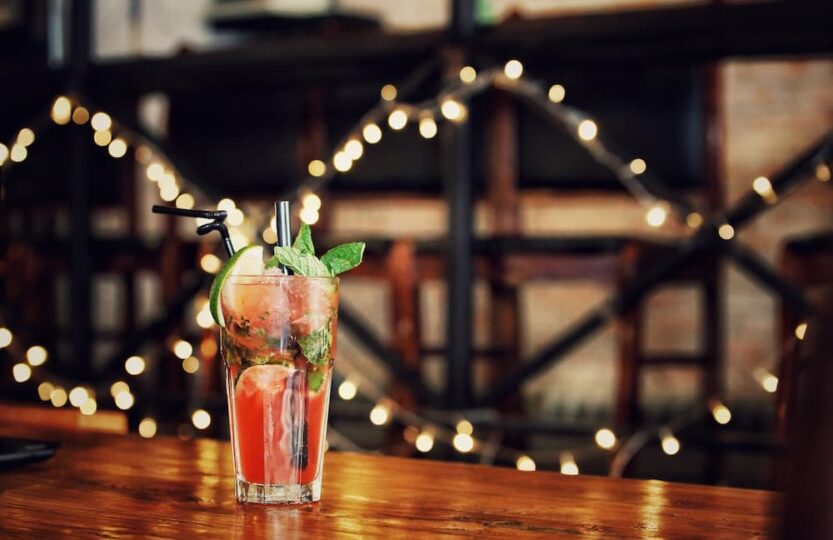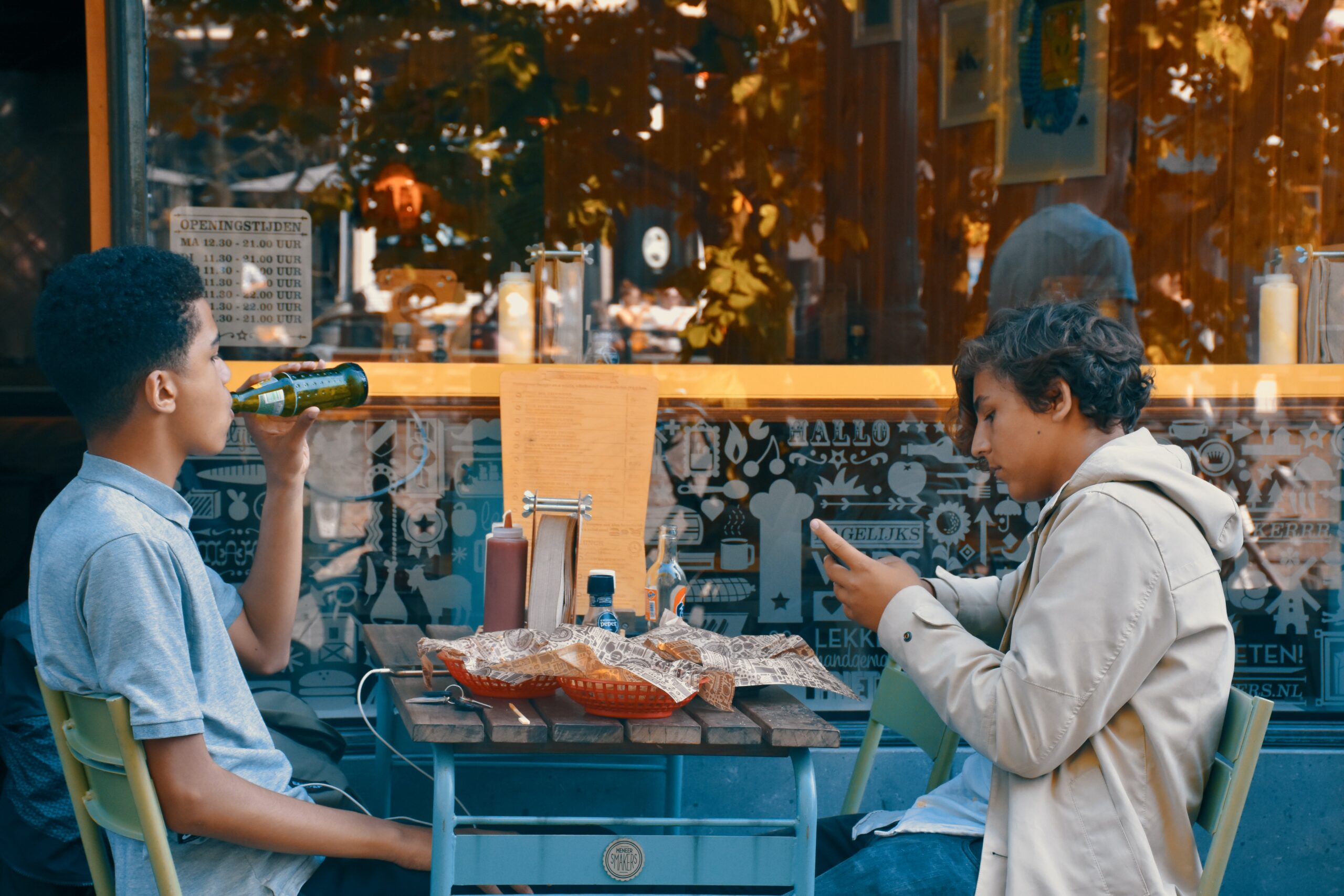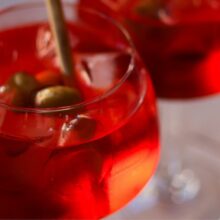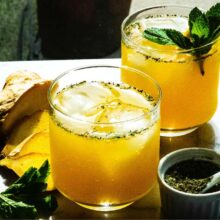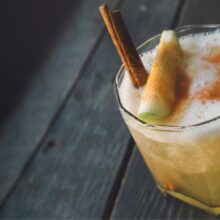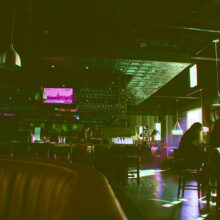The history of cocktails goes back less than 200 years. According to Jeremiah P. Thomas (1830-1885) How to Mix Drinks or The Bon Vivant’s Companion (1862), in the middle of the 19th century cocktails were a mixture of hard liquor, sugar, water and bitter, only later were low-alcohol ingredients added.
Jerry Thomas’s book played an important role in the history of cocktails – it was the first “bartender’s guide” in which the word cocktail officially appeared. What distinguished it from sling (from German schlingen – “to swallow in a gulp”; sling is the forerunner of cocktails) was the obligatory presence of bitter. Today Old Fashioned (whiskey, sugar, bitter), Sazerac (cognac, absinthe, sugar, bitter), Manhattan (rye whiskey, vermouth, angostura) correspond to this definition.
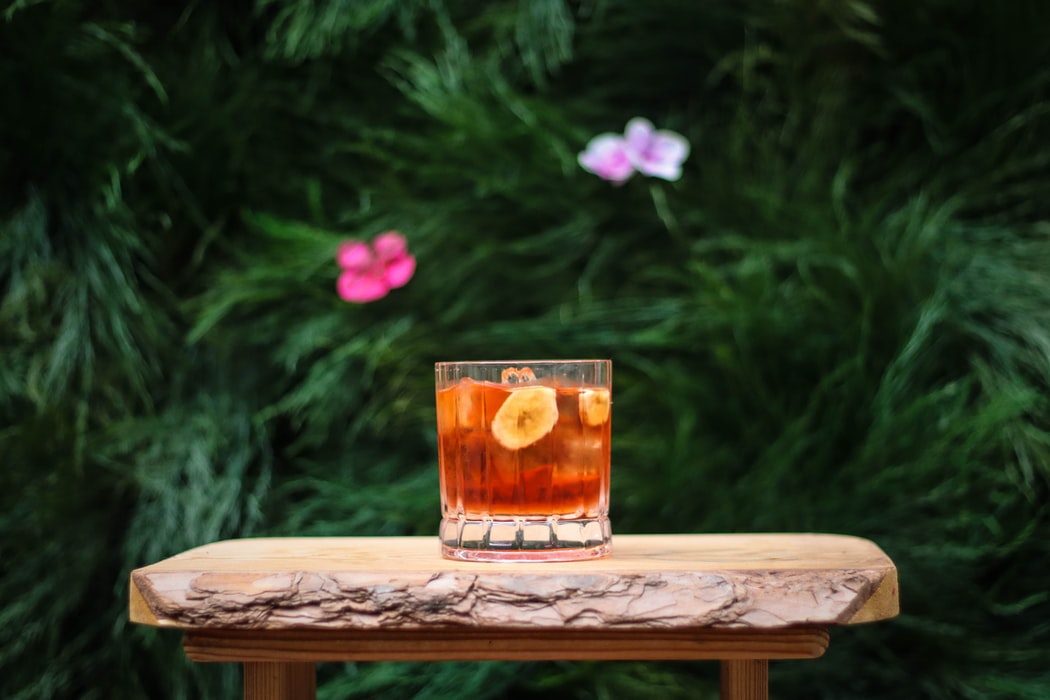
The term Old Fashioned was coined to distinguish “old fashioned” cocktails based on spirits and bitters from modern compounded variations.
This article is sponsored by our friends from 1800 Garage Doors. Don’t hesitate to make an appointment for garage door repairs 24/7.
Etymology of the term
The most plausible explanation for the origin of the term seems to be the following: cocktails were called horses with a cropped tail. This label indicated that the horse was not a thoroughbred, but a half-breed. Then it began to refer to people who aspired to enter high society, but did not have the appropriate pedigree and upbringing. Probably, water-diluted alcohol also became “half-blood” and lost its “purity of origin,” for which it received the appropriate name.
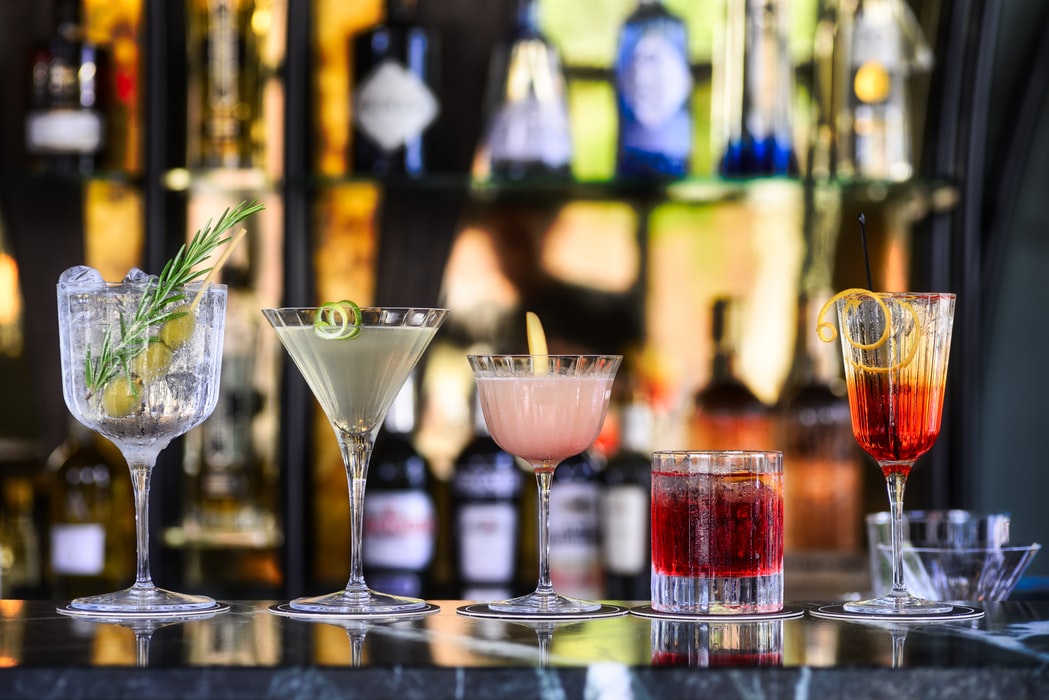
Another version suggests that the word cocktail may be an altered version of cock ale, as ale brewed with fruit, spices and scalded cock (cock) was called in England in the 17th-18th centuries.
Less popular versions:
- The word originated in New Orleans from the French coquetel, the name given to an egg stand in which drinks were sometimes served, as in a shot glass.
- From cock tail, “cock’s tail.” Allegedly such a tail was used to decorate drinks on special occasions.
- The same etymology as in the previous paragraph, but the explanation is different: a cock tail is believed to be a customary way to stir drinks in Mexico.
The Emergence of Cocktails
Cocktails are considered an American invention, but they were inspired by the British punch that was popular in the 18th century: they added fruit, spices and a variety of other ingredients to the liquor and served it all in large bowls.
The first use of the word cocktail in a sense other than “hors d’oeuvres” is found in an English newspaper in 1798, and means ginger. Probably because (according to some researchers) old horses were put ginger candles, after which the animal became frisky and fidgety, periodically bucking its croup (cock tail).
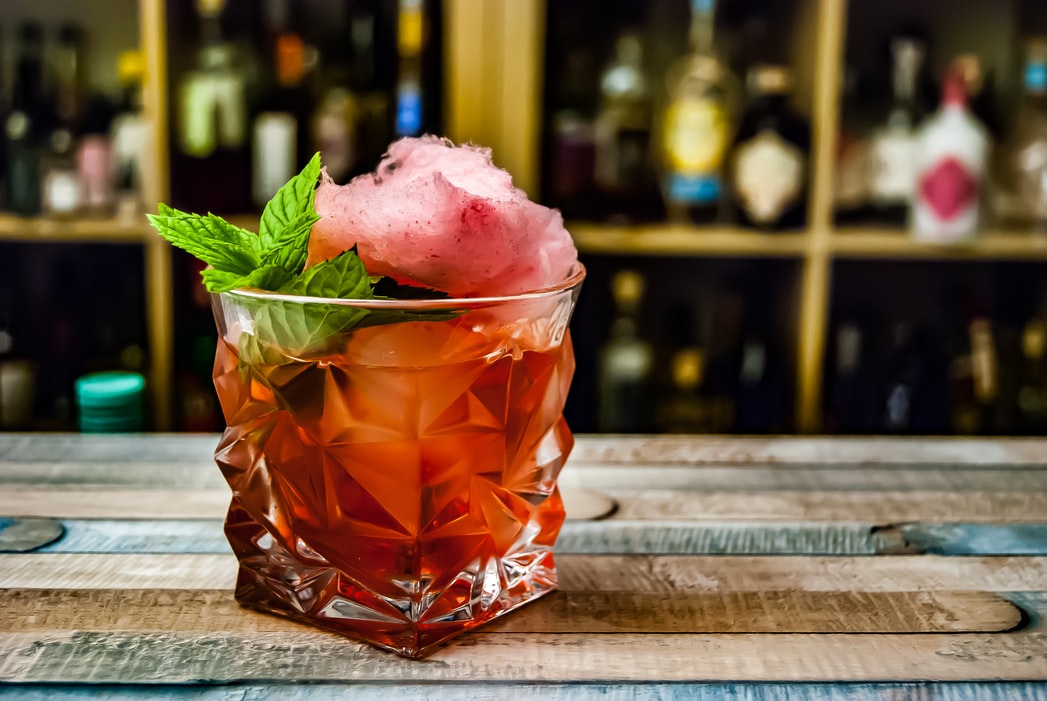
According to the Oxford English Dictionary, Americans began referring to mixed drinks as cocktails in 1803. Three years later a book The Balance, and Columbian repository was published in New York, in which the term was defined as “a stimulating alcoholic beverage with sugar, water and bitter in any proportion”, colloquially “sling with bitter”.
Originally, cocktails were meant to be invigorating; that was their main function. But an American bartender from Connecticut, Jerry Professor Thomas, author of the aforementioned handbook, took the art of mixing drinks to a whole new level, making the blends not only “practical” but tasty and beautiful.
Another important name in the history of cocktails is Frederick Tudor, King of Ice: he introduced the key ingredient of a truly stylish drink without which it is impossible to imagine today – ice.
Development of cocktail culture
In the 1890s, the term highball coined for a cocktail based on any distillate (hard liquor) and a non-alcoholic ‘diluter’. The first cocktail party was held in May 1917 in the U.S. and lasted only an hour – until the guests were served lunch.
In the days of American Prohibition (1919-1933) cocktails became extremely popular: alcohol was poured illegally in underground bars and the quality of smuggled and home-made alcohol was often poor, so the unpleasant taste was masked by fruit juices, honey and other flavorings. On the other hand, “high school” cocktails were almost forgotten: there were no ingredients for them and many good bartenders left the US.
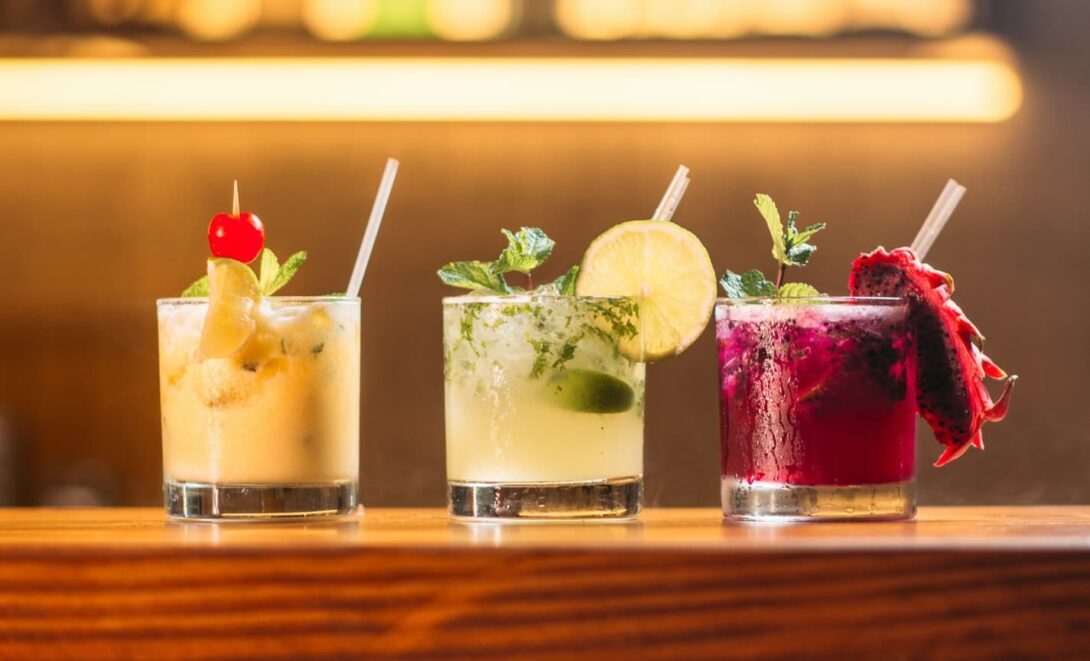
From the 1960s to the end of the 20th century, unmixed alcohol came to the fore, but in the 2000s a real “cocktail renaissance” began – there were many original and complex combinations. An important name in those times was American bartender Dale Degroff who put a lot of effort in recreating old recipes and impeccable adherence to quality standards.
Today, the word “cocktail” refers to any mixed drink, with or without alcohol, regardless of its “specialty. This category includes punches, slings, highballs, and all other variations.
